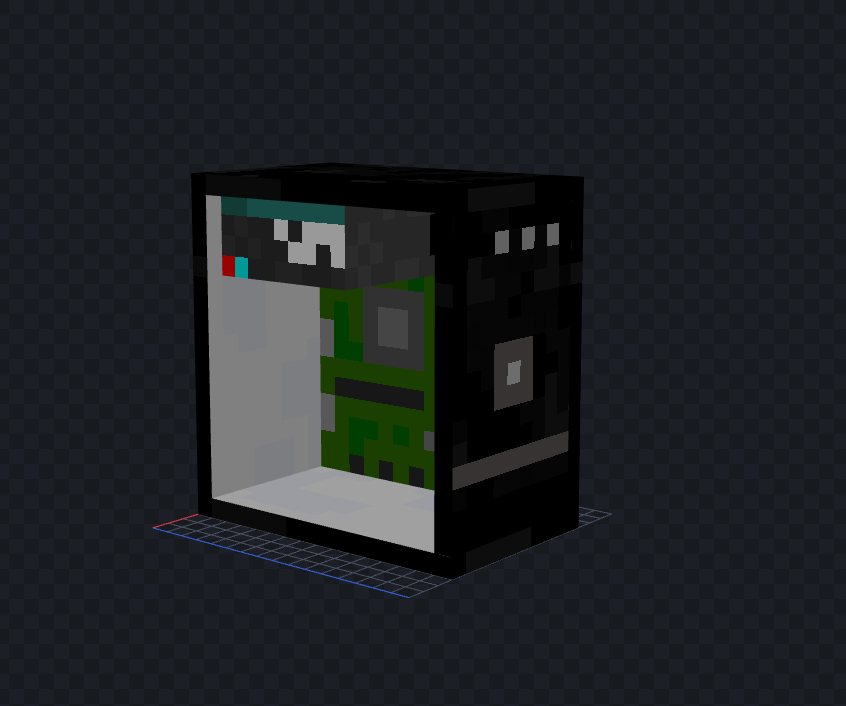


Select your object and click Object data properties tab on right. The steps were created from following tutorials.īegin by importing your obj file, delete default cube, then open 3 windows/editors inside Blender by hovering mouse over bottom black line, right click, 'split view': a) Open UV editor, b) shader editor, and c) "normal" view (not render, to save RAM) baking) a texture mapįrom a textured 3D obj model. Steps for using the Blender GUI for creating (i.e.
#Blockbench view texture how to
In case it helps, the detailed steps I took and their Python counterparts can be found in this Github repo file which I reproduce below in case the link breaks.Īlso, link to a similar question: How to remove unreferenced UV Coordinates from a Texture

In the process, I wrote down the steps I took in the Blender GUI to accomplish the Texture Unwrapping and Baking task, as well as automated the laborious process by using the Blender Python API. To decrease the size of the texture file such that it contained only the needed textures, I followed the above tutorials. obj mesh as input which was referencing a texture file that contained extraneous data that was no longer needed in the cropped mesh. I myself had to perform such operation in Blender, where I received a cropped. How to Unwrap and Bake Textures in Blender 2.8, 2.9, 3.0, 3.1, and 3.2?īake Multiple Materials to One Texture Map (Blender Tutorial) For anyone else who doesn't understand the lingo of "unwrapping" and "baking" or how to accomplish doing these operations in Blender (like me 2 months ago) hopefully this will help:īake Textures From one UV Map to Another UV Map (Blender Tutorial)


 0 kommentar(er)
0 kommentar(er)
